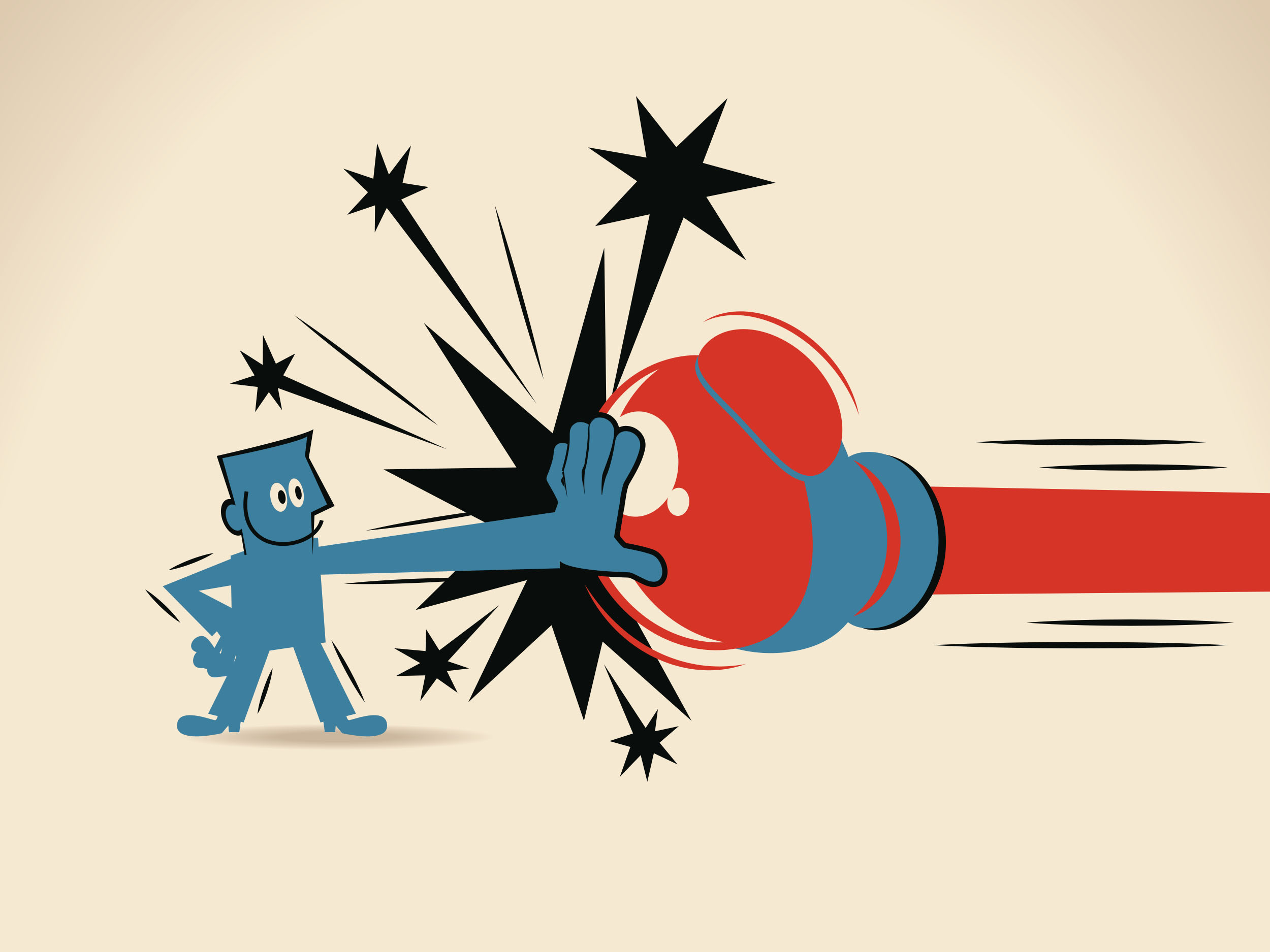Handling hurt: How to recognize, treat and manage chronic pain
August 8, 2018Six years ago, Blue Cross member Kathy Cooper had knee replacement surgery to address ongoing pain. The 68-year-old Richfield resident had the operation in October of 2012, but never fully recovered.
A fall in 2014 worsened matters, as she broke the new kneecap and tore a tendon, and things continued to decline when debilitating pain developed in her left ankle. But her regular doctor referred her to a pain specialist who ultimately put her on a path to recovery, helping Cooper to resume everyday activities—like walking the parks and lakes near her home— which she seemed to be in danger of losing forever.
"The biggest change for me was when it was suggested that I see a pain doctor," Cooper says. "I honestly didn't know there was a doctor that focused on pain. That made the difference."
Though developing new aches and pains is common as we age, chronic pain that impacts quality of life merits a tailored care plan, says Dr. Peter Stiles of TRIA Orthopedic Center in Bloomington.
Stiles, medical director of TRIA's Pain Management Program, is also Cooper's pain doctor.
"Unchecked, unbridled, uncontrolled pain that is functionally limiting should be addressed," Stiles says. "It doesn't mean that there is a fix for it. It doesn’t mean that it can be completely cured, but there are strategies that can improve function and decrease the suffering associated with pain."

Understanding chronic pain
Chronic pain is generally defined as pain that lasts for a certain period of time, often three to six months, that impairs your function or quality of life, Stiles says.
More than 100 million people in the U.S. suffer from chronic pain, which can surface as the result of arthritis, trauma, complications from diabetes, cancer, and many other conditions.
“If you are in pain every day, your body will actually adapt to become better at sending a pain signal,” Stiles says. “So, at some point in that transition between acute and chronic pain, pain starts to become the diagnosis itself rather than any symptom of something else.”
It’s important to communicate any pain you are experiencing to your regular doctor, who might refer you to a specialist, Stiles says.
Building a pain plan
 Because chronic pain comes in many forms, from nerve-based to organ-based to muscle or skeletal-based, treatment can be challenging. It usually requires a comprehensive approach that can include a combination of medications, physical therapy and sometimes surgery.
Because chronic pain comes in many forms, from nerve-based to organ-based to muscle or skeletal-based, treatment can be challenging. It usually requires a comprehensive approach that can include a combination of medications, physical therapy and sometimes surgery.
Stiles says TRIA uses the following questions to develop a holistic pain plan:
- Do we need any more information, such as an X-ray, an MRI, or a nerve study?
- Do we need any other consultants or specialists involved?
- Have we optimized medications to take a multi-modal approach?
- Are there any interventions or injections, we could use, like cortisone shots, epidural procedures, all the way up to spinal cord stimulators?
- Who or what do we need to optimize the patient’s activity level? Getting a physical therapist, occupational therapist, or trainer is important for maintaining function.
Who or what do we need to manage pain psychology, recognizing that living with pain is a challenge and can impact the patient as a whole?
Staying positive
Dr. Clarence Shannon, director of the Pain Clinic at the University of Minnesota, evaluates patients similarly. And though he says a doctor’s goal should be to eliminate pain, that is not always possible. The Pain Clinic uses a scale of 1–10, 10 being the worst pain, to assess patients on their first visit and throughout treatment.
“Then we try to set expectations,” Shannon says. “So, if I am not able to get your pain to zero, what would be a reasonable number that would be our goal to attain so that you can interact with your family and participate in your activities of daily living and live your life the way you want to live it?”
Cooper’s pain has been reduced to the point where she has returned to walking the park across the street from her home. For her, a remote-controlled spinal cord stimulator, implanted in her back, was necessary. Stiles says such devices are on the extreme end of chronic pain management and more traditional medications and physical therapy were exhausted en route to Cooper’s solution.
Though her pain has subsided dramatically, she still manages it every day—maintaining a sunny outlook. “I’ve done my best to think positive and have faith,” she says. “Faith that I can and will be better.”



